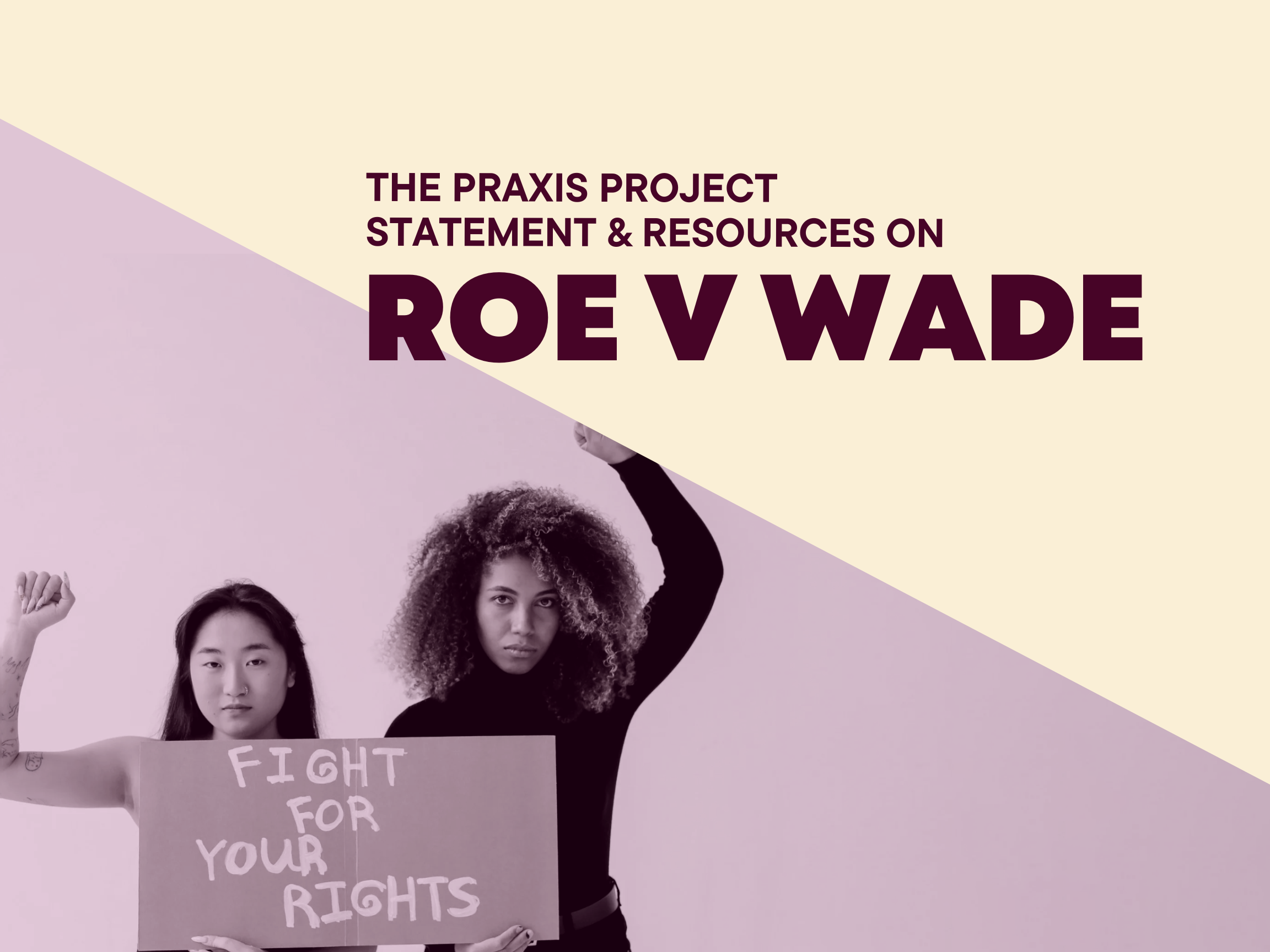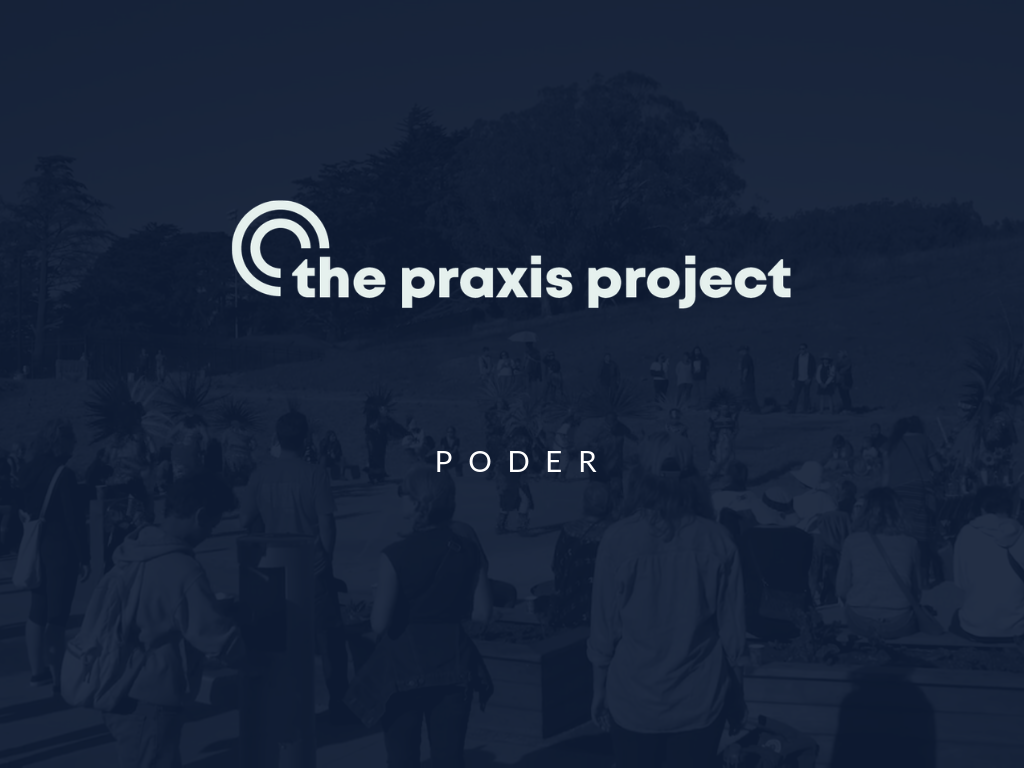Physical Environment (Water, Air, & Soil)
Safe and non-toxic water, indoor and outdoor air, and soil are imperative to ensuring community health and protecting residents. Pollution and toxic exposures impose devastating health risks on residents, which often require complex and expensive treatment and care. From 2007 to 2017, over 63 million Americans have been exposed to unclean/unsafe drinking water. This exposure may originate from raw sewage, chemical dumps, agricultural runoff, urbanization, the use of synthetic substances, oil spills, or human litter. Children are often the most vulnerable when looking at the health effects of unclean drinking water: 6,000 children globally die of water related diseases every day.[1]
Indoor and outdoor air pollution causes up to 7,000 premature deaths [2] each year in the United States. This does not include the amount of hospitalizations due to air pollution. Fine particle air pollution is linked to cardiovascular disease, respiratory diseases, diabetes, and even birth defects.[3] Air pollution leaves certain populations such as the elderly especially vulnerable to neurodegenerative diseases and cognitive decline.[4]
The issue of contaminated soil often stems from the use of pesticides in the U.S. agricultural industry. While pesticides are designed to target small organisms, they can also cause adverse health outcomes in humans, such as cancer, hormone disruption, asthma, allergic reactions, and hypersensitivity. Children, the elderly, and pregnant populations are most susceptible to these health risks.
The adverse health outcomes caused by unclean water, air pollution, and unclean soil will only continue to be exacerbated with the threat of climate change. Eroding air quality from pollution and rising ozone concentrations is said to lead to additional deaths in the future and continued health risks. Furthermore, governmental rollback of the EPA’s enforcement of the Clean Air Act has also led to worsening health outcomes.
Basebuilding organizers are at the forefront of the fight for clean water, air, & soil and environmental justice more broadly. To counteract the impacts of environmental and ecological desecration, they are fighting against hydraulic fracking and mining, the use of toxic pesticides in agriculture, and illegal dumping. They are also advocating for localized water control, reclaimed green spaces, investment in renewable and clean energy, reduced burning of fossil fuels, and for a transformed economic system that does not rely on endless extraction, exploitation, and growth.[5]
DISPARITIES AND STATISTICS
Race and Ethnicity:
A 2019 study published in the PNAS journal by the Univ. of Minnesota found that pollution is disproportionately caused by white Americans’ consumption of goods and services but is disproportionately inhaled by Black and Brown Americans. White Americans experience 17% less air pollution than they produce through consumption, while Black and Hispanic Americans bear 56% to 63% more air pollution.[6]
Black, Latinx, and other marginalized groups have historically been disproportionately affected by toxins from industrial plants, cars, hazardous housing conditions and other sources. Researchers at the Science Museum of Virginia and Portland State University have found that the policy of redlining has helped exacerbate the burden placed on minority communities, with historically redlined districts facing increased temperatures from global warming than non-redlined districts by 5 degrees Fahrenheit.[7]
Recent and ongoing high-profile controversies such as Flint, where a series of failures have allowed lead to leach into the drinking supply, and the Dakota Access pipeline, where protesters in North Dakota have clashed with police over concerns the Standing Rock tribe’s water will be contaminated, have elevated the profile of environmental justice. However, similar problems have dotted the US for years, often lingering stubbornly.[8]
Socioeconomic:
When looking at California’s Central Valley, the heart of the state’s agricultural industry, small, rural, low-income communities of color often bear the cumulative impact of exposure to pesticides. Despite the EPA’s ban of pesticides in household use, it continues to be used in agriculture.[9]
Climate change is believed to have the worst effect on low-income communities. The increased frequency and damage caused by natural disasters indirectly leads to health problems. This will ultimately be harmful to low-income individuals who are already more likely to have chronic health conditions and are greater exposed to harmful pollution.[10]

This video features PODER, an organization that organizes with Latino immigrant families and youth to put into practice people-powered solutions that are locally based, community led and environmentally just.
This video features Miami Children's Initiative (MCI), an organization working in the Liberty City, FL community. MCI has organized a monthly fresh food co-op, providing their families and residents with a box containing over $50 worth of produce... for only $5. Watch this video to see how MCI is promoting food justice and working towards health equity for their neighborhood.
This video features La Union del Pueblo Entero - LUPE, an organization removing barriers to health care and helping provide vision exams for entire communities using their Mobile Health Clinics, through partnerships with local healthcare organizations.
This video features Nollie Jenkins Family Center, a grassroots organization based in Durant, Mississippi that is working towards improving the lives of young women and girls as well as the health and wellness of their community.
























































